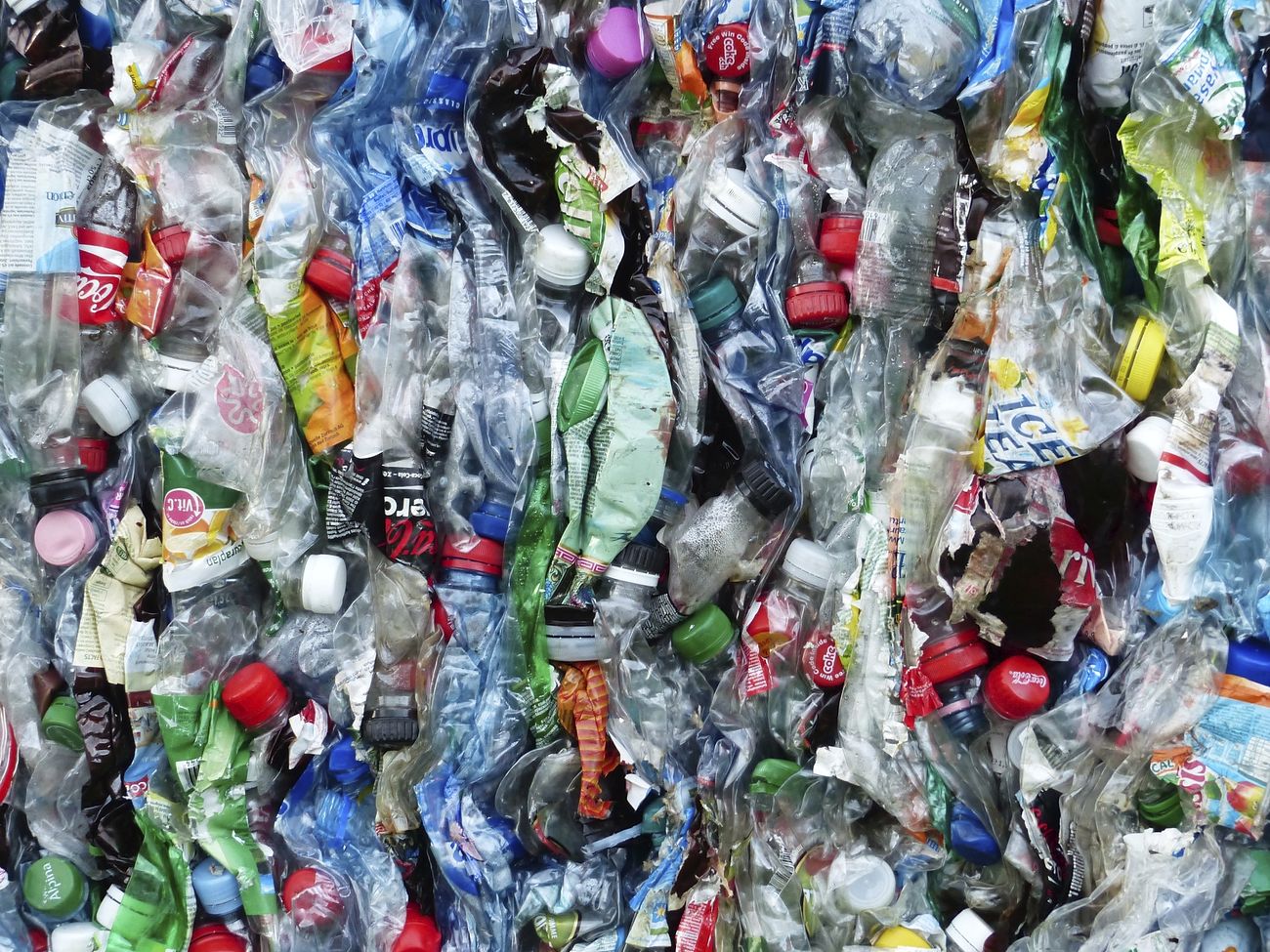Single-use plastics, also known as disposable plastics, are a major contributor to pollution and waste in our environment. These types of plastics are designed for one-time use and are often discarded after a short period of time, leading to a buildup of plastic waste in our landfills, oceans, and natural habitats. In this article, we will explore the impact of single-use plastics on our environment and discuss ways in which we can reduce our reliance on these types of products.
Table of Contents
ToggleWhat are Single-Use Plastics?
Single-use plastics refer to any type of plastic that is designed to be used only once before being thrown away. These types of plastics are commonly found in products such as plastic bags, straws, utensils, packaging materials, and even clothing. While single-use plastics are often convenient and easy to use, they also have a significant negative impact on our environment.
The Impact of Single-Use Plastics on Our Oceans
One of the most visible and devastating impacts of single-use plastics is the damage they cause to our oceans and marine life. Plastic pollution in our oceans is a growing problem, with an estimated 8 million metric tons of plastic entering our oceans each year. This plastic waste can have a devastating impact on marine life, from small organisms to large mammals.
Plastic debris in the ocean can entangle and suffocate marine life, and plastic particles can also be ingested by marine animals, leading to starvation, internal injuries, and even death. In addition to the harm caused to marine life, plastic pollution in our oceans can also have a negative impact on tourism and fishing industries.

The Impact of Single-Use Plastics on Land and Wildlife
Single-use plastics are not just a problem for our oceans, but for our land and wildlife as well. Plastic waste in landfills can take hundreds of years to degrade, releasing toxic chemicals and pollutants into the environment. In addition, plastic waste can also make its way into our natural habitats, causing harm to wildlife and disrupting ecosystems.
Animals can become entangled in plastic waste or mistake it for food, leading to injury or death. In addition, plastic debris can also interfere with the breeding and feeding habits of wildlife, leading to a decline in populations.
Reducing our Reliance on Single-Use Plastics
While the impact of single-use plastics on our environment can be significant, there are steps we can take to reduce our reliance on these types of products. One of the easiest ways to reduce our use of single-use plastics is to bring our own reusable bags, containers, and utensils when shopping or eating out.
In addition, we can also support businesses and companies that have pledged to reduce their use of single-use plastics and choose products made from sustainable and biodegradable materials. We can also support legislation and regulations that aim to reduce the use of single-use plastics, such as plastic bag bans and fees on plastic straws.
Conclusion
Single-use plastics are a major contributor to pollution and waste in our environment. From the damage caused to our oceans and marine life, to the harm caused to land and wildlife, the impact of single-use plastics cannot be ignored. However, by taking steps to reduce our reliance on these types of products and supporting sustainable alternatives, we can work towards a cleaner and healthier environment for all.








3 thoughts on “The Impact of Single-Use Plastics on Our Environment”
Pingback: Plastics: Understanding the Impacts and How to Reduce Waste
Pingback: I Decided To Use Less Plastic. Here's What Happened
Pingback: Understanding Nurdles: The Tiny Plastic Polluting Our Oceans